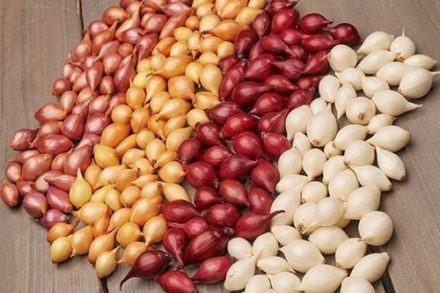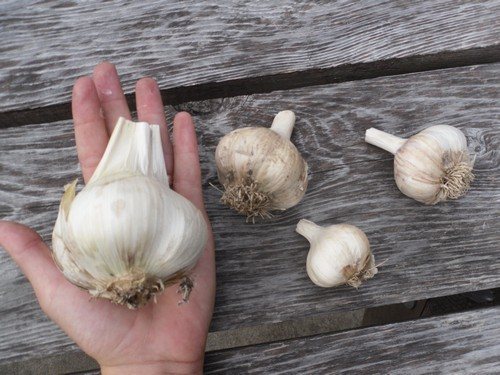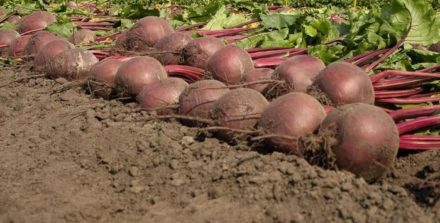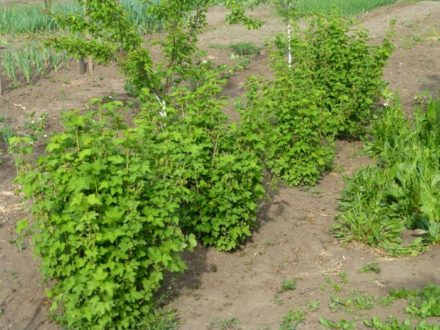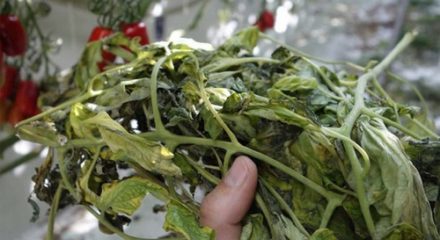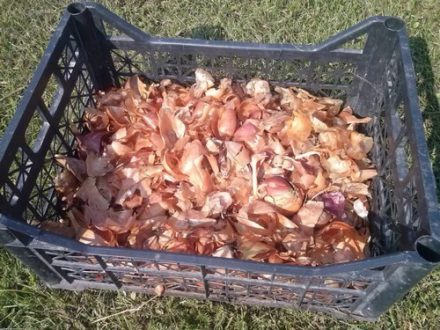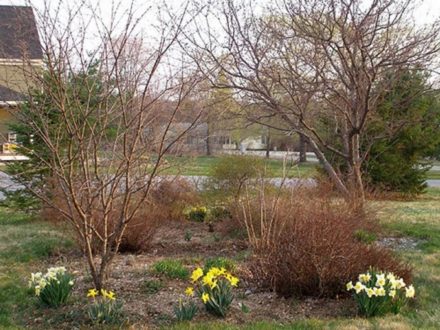Lush greens grown with your own hands are an integral part of the table. In order for fluffy bunches of cilantro or lettuce to delight with aroma and vitamins at the beginning of spring, it is better to start planting greens in late autumn. Frost-resistant varieties of greens are suitable for winter planting, each of which has sowing features.
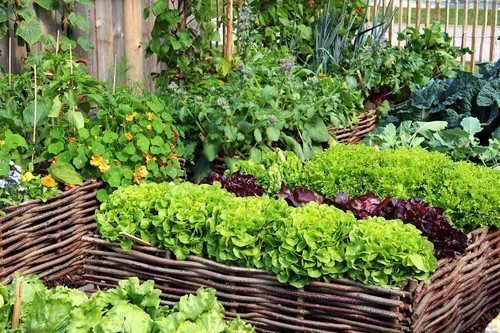
Cilantro (green coriander)
A fragrant plant with dense bright leaves is unpretentious to growing conditions and resistant to cold. Coriander loves long daylight hours, so it is grown in the warm season to obtain seeds. Autumn greens are famous for their rich aroma, they are added to salads, used dried as a spice and frozen for the winter.
You should choose fully ripened brown seeds. To plant coriander, you need to choose a sunny, warm place so that a lush cap of leaves can form. You should plant about 2.5 g of seeds per 1 sq. m. to a depth of 2 cm. The procedure is carried out after the first light frosts. The first greens appear 20-25 days after germination. Such varieties as Venus, Ararat, Pervenets have proven themselves well.
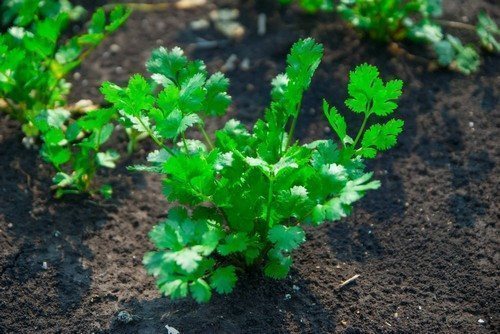
Spinach
Tender spinach is a delicate addition to meat. It can be used as a seasoning, dried, frozen. Spinach prefers coolness, is resistant to weather changes and winds, so it can be sown in early autumn. Early-ripening spinach is not afraid of frost, does not require constant watering and care. Greens grow best at a temperature of 19-20 0C.A month after the first shoots, the tender leaves are ready for consumption. Spinach planted in early October produces good germination, so the greens can be picked in mid-spring.
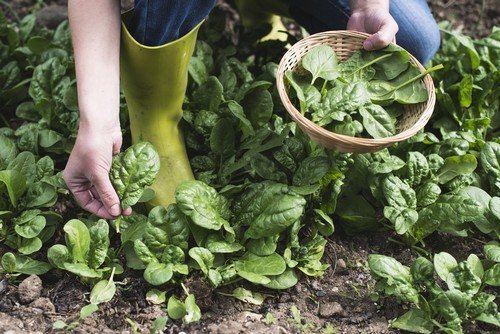
Salad leaves
Crispy lettuce leaves are rich in microelements and vitamins. The highest yield is from May to October. For a rich harvest, the planting should be watered frequently, about 3 times a week. The salad needs to be loosened, removed from weeds and moistened.
The plant easily tolerates lower temperatures, active growth continues at 5℃ and does not decrease even with frosts down to -5℃. Suitable for planting are lettuce greens with a short growing season, which prefer cool conditions and do not require long daylight hours.
Lettuce and its varieties, Iceberg and Romaine, work best. Plants prefer coolness, and the most delicious leaves are obtained at 10–12 ℃. In hot weather, the lettuce will turn bitter and shoot arrows. Leaf lettuce will ripen 40 days after planting, while head lettuce will take 80 days. After the first frost, the greens should be covered with film.
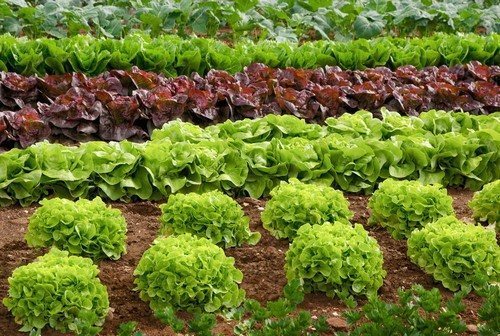
Sorrel
After the first night frosts, sorrel can be planted in the ground. You should choose a sunny place with protection from northern winds. The soil must be prepared: add wood ash, mineral and organic fertilizers. Make beds on the soil and cover with film. Treat the seeds with formaldehyde or potassium permanganate, deepen the grooves by 2 cm, cover with humus and mulch with old leaves.
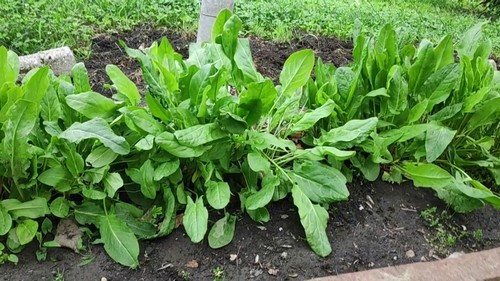
Arugula
Autumn coolness is the best time for arugula to ripen; the first leaves can be picked 3-4 weeks after planting.Greens are not afraid of light frosts, can withstand changing temperatures and grow best at temperatures of 15–17 ℃. Arugula should be planted in a raised, sunny area of land, as shade negatively affects the taste of the plant. The soil must be loosened frequently and watered with warm water.
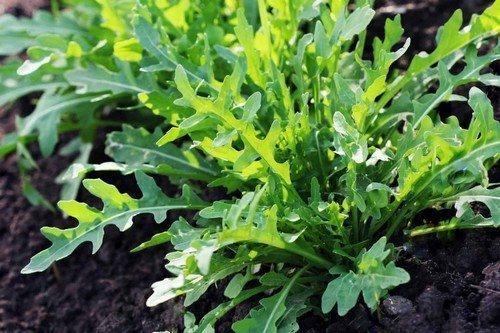
Planting frost-resistant plants ensures a harvest of herbs in early spring. You should choose unpretentious crops that are not harmed by changing conditions, cold and wind.


